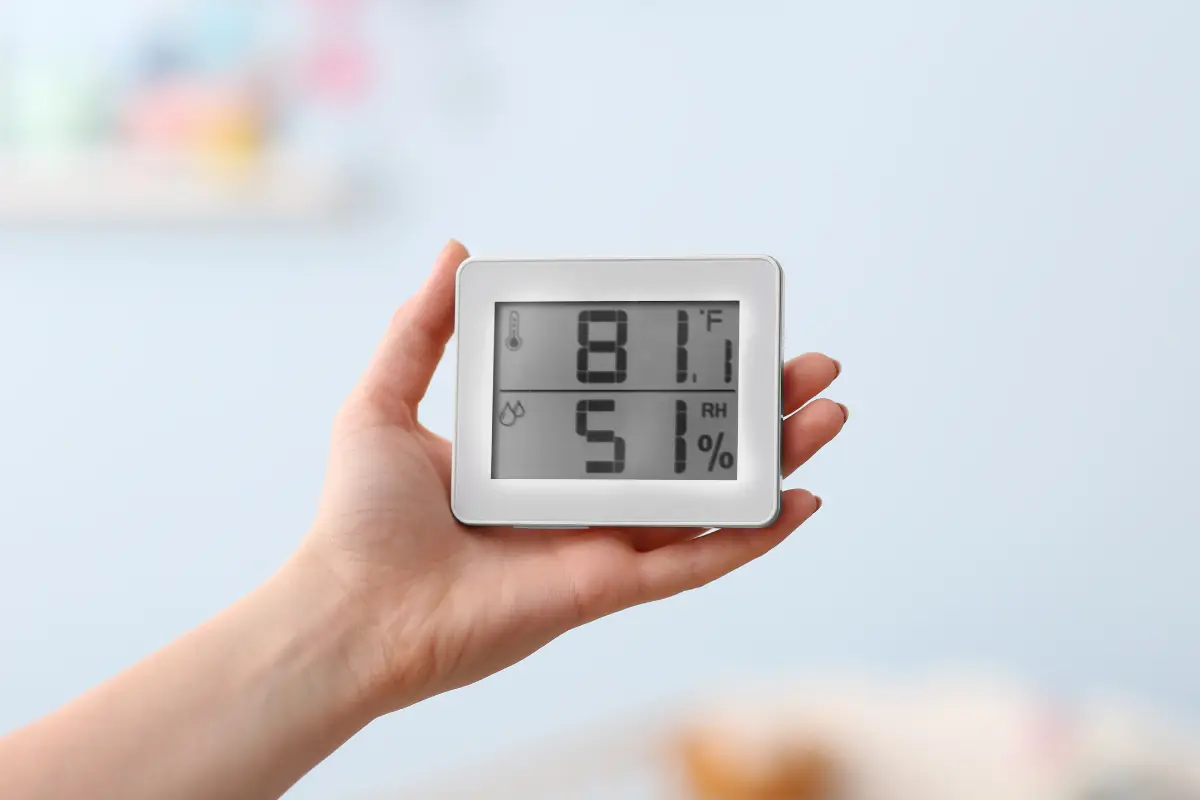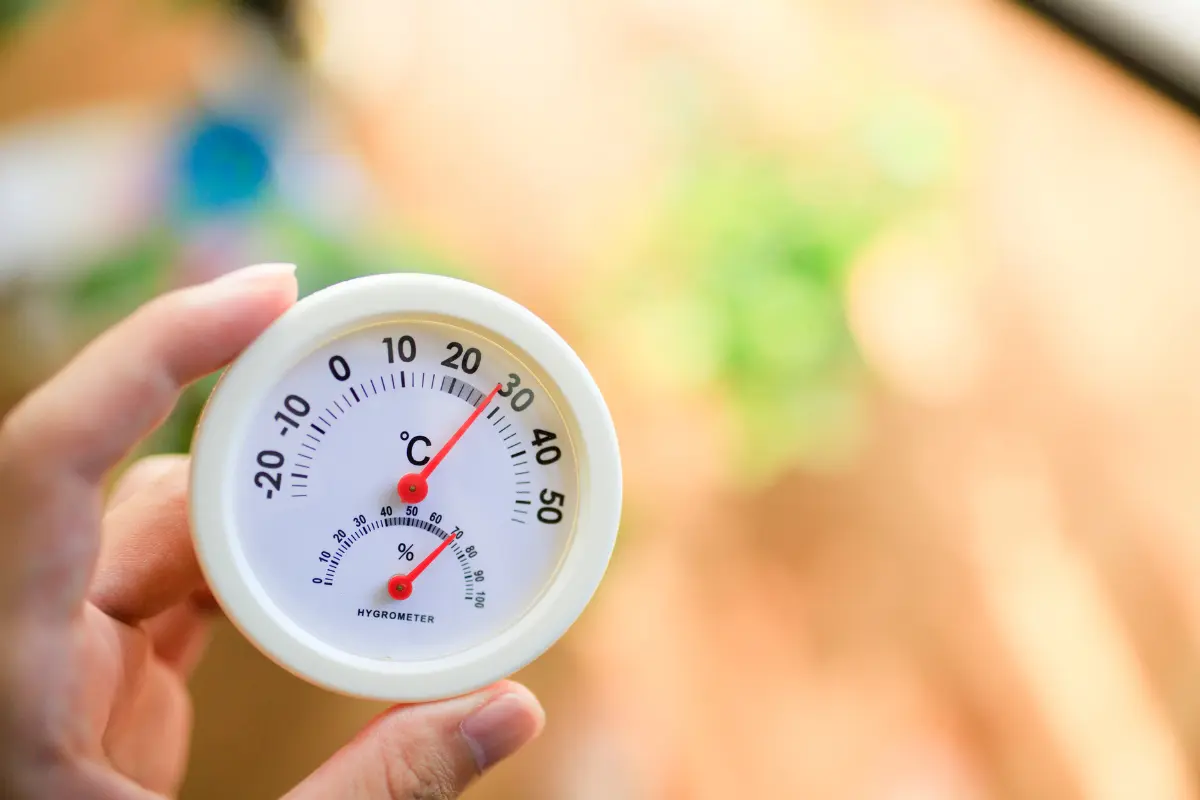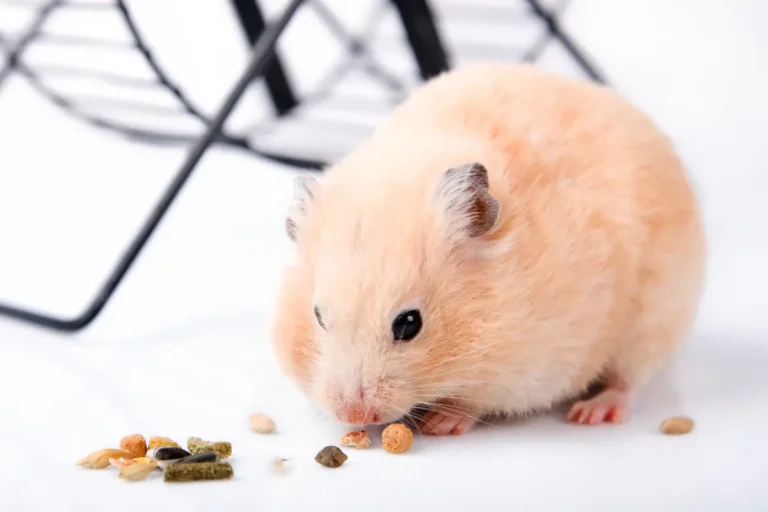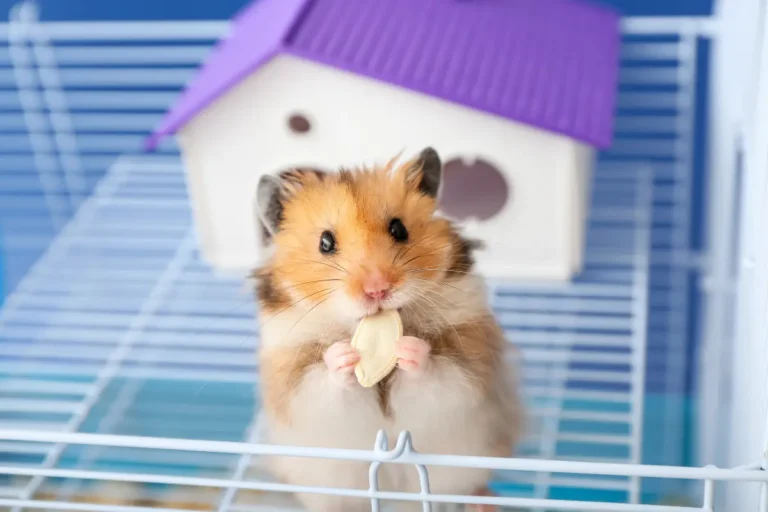What Temperature & Humidity Levels Are Best for Hamsters?
When it comes to keeping hamsters as pets, ensuring their environment is the right temperature and humidity is just as important as their diet and exercise. Like all pets, hamsters have specific requirements to keep them healthy, happy, and comfortable.
While hamsters are known for being hardy animals, temperature extremes can cause serious health issues if not managed properly. In this guide, we’ll break down the best temperature and humidity ranges for your hamster and offer tips on how to maintain the ideal environment for them.
Ideal Temperature for Hamsters
The temperature in your hamster’s habitat plays a significant role in their overall health and well-being. Hamsters are naturally adapted to environments with moderate temperatures, and keeping their habitat too hot or too cold can lead to various health complications.
The Safe Temperature Range for Hamsters
Most experts agree that the ideal temperature range for hamsters falls between 20°C to 25°C (68°F to 77°F). Within this range, your hamster will be comfortable and happy. However, maintaining this temperature can sometimes be a challenge, depending on where you live or the time of year.
How Hot Is Too Hot?
While hamsters can tolerate temperatures up to 30°C (86°F), this is on the warmer end of the spectrum, and they may not feel particularly comfortable. As temperatures rise above 25°C, it becomes important to make adjustments to the hamster’s environment to ensure they remain cool and comfortable.
At temperatures higher than 30°C, your hamster could be at risk of heat stress or heat stroke, both of which can be deadly if not addressed immediately. These conditions are caused by the hamster’s inability to regulate its body temperature effectively in excessive heat. In hamsters, signs of heat stress or heat stroke include excessive panting, lethargy, and a lack of coordination.
If your hamster’s enclosure gets too hot, consider using cooling methods like placing ice packs near the cage (but not directly in contact with the hamster), using fans, or adjusting the enclosure’s location to a cooler part of the house. There are several ways to help your hamster stay cool that you can explore, many of which are detailed in other resources.

How Cold Is Too Cold?
On the colder side of things, hamsters can generally tolerate temperatures as low as 15°C (59°F) without immediate health risks. However, when temperatures dip below this, they may become uncomfortable, and you’ll need to take steps to warm up the environment.
If the temperature drops below 15°C, your hamster may enter a state known as torpor, which is similar to hibernation but not exactly the same. Torpor, sometimes called “false hibernation” or “cold shock,” is a defense mechanism triggered by sudden, extreme cold. When a hamster enters torpor, its body shuts down all non-essential functions, causing the hamster to fall into a deep, sleep-like state to conserve energy and keep warm.
If your hamster enters torpor, you must warm up the environment slowly and avoid any sudden temperature changes. If the hamster does not warm up and recover, it could be fatal. It’s also important to monitor your hamster’s behavior regularly during cold weather to avoid such situations.
Humidity: Why It Matters
In addition to temperature, humidity is another critical factor in hamster care that many pet owners overlook.
The ideal humidity range for hamsters is between 40% and 70%. This wide range is usually not an issue for most hamster owners, as it is often easy to maintain humidity within this range in most indoor environments. However, if you live in a very dry or very humid area, you may need to adjust the humidity levels in your hamster’s habitat.
- Low Humidity: If the air in your hamster’s enclosure is too dry, it can lead to dehydration and respiratory problems. In such cases, consider adding a humidifier to increase the moisture levels in the air. You can also switch to an enclosure made of materials that retain moisture, such as glass or plastic, which can help maintain a slightly higher humidity level.
- High Humidity: Conversely, high humidity can promote the growth of mold and bacteria in the enclosure, leading to respiratory infections. If the humidity in your hamster’s habitat is too high, you might need to invest in a dehumidifier or consider switching to a more ventilated cage design.
The Importance of Ventilation
Good ventilation is essential for maintaining both the temperature and humidity levels in your hamster’s enclosure. Proper airflow prevents the buildup of stagnant air, which can contribute to both temperature fluctuations and unhealthy humidity levels. Avoid placing your hamster’s enclosure in a windowless room, such as a bathroom or closet, as these spaces typically have poor airflow.
Also, try to avoid placing your hamster’s cage directly in front of a window or near drafts, as sudden temperature changes can be harmful. A well-ventilated room with a constant flow of fresh air will help keep your hamster healthy and comfortable year-round.
Monitoring Temperature and Humidity
One of the best ways to ensure your hamster is living in a comfortable environment is by regularly monitoring the temperature and humidity in their enclosure. Investing in a thermometer and hygrometer for each enclosure is a small but effective way to ensure the conditions are ideal for your pet.
Often, there can be discrepancies between the room temperature and the temperature inside the enclosure itself.
For example, one part of your room might be a few degrees warmer or cooler than another, and this can directly affect your hamster’s comfort. Having individual thermometers in each of your hamster’s enclosures allows you to keep track of the conditions in each space and make adjustments as needed.
Conclusion
The well-being of your hamster depends largely on the conditions you provide in their environment.
Maintaining the right temperature and humidity levels for your hamster is essential for their health and well-being. Aim for a temperature range of 20°C to 25°C, and make sure the humidity stays between 40% and 70%. Keep a close eye on the environment, especially during extreme weather conditions, and be ready to adjust the enclosure to meet your hamster’s needs.
With a little attention and care, you can create the perfect habitat for your hamster that will allow them to thrive, no matter what the weather is like outside.






